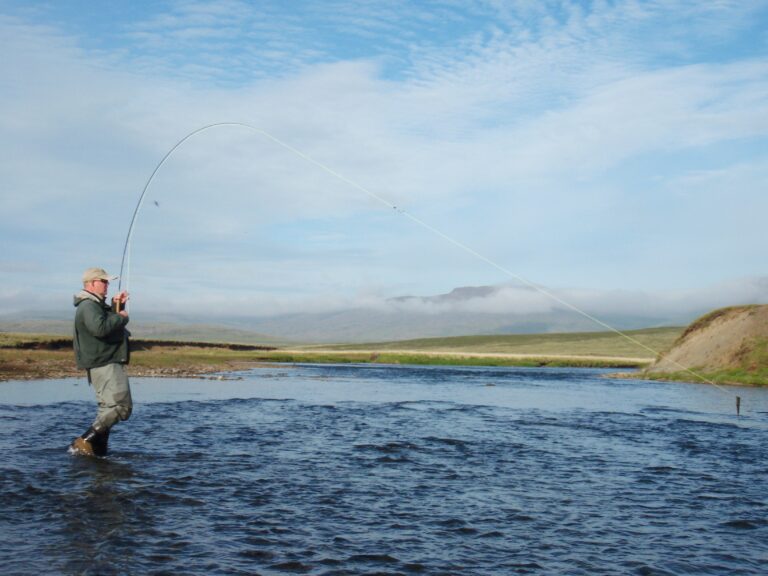Salmon Angling In Iceland
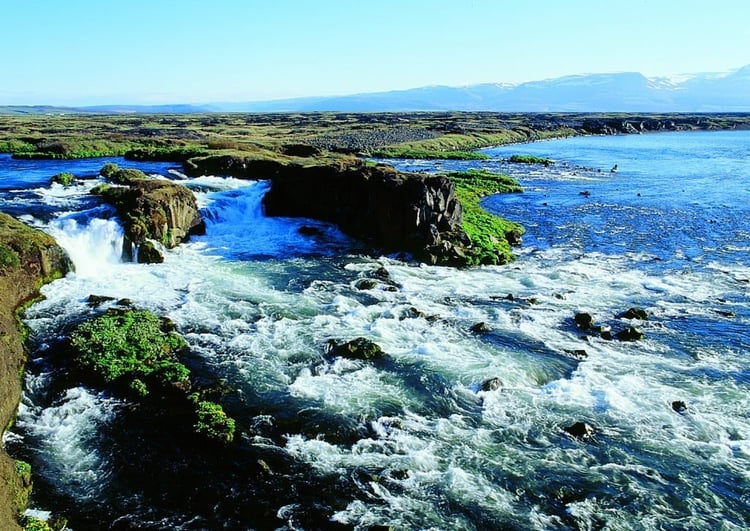 Iceland: 38,000 square miles of prime salmon-bearing real estate sitting in glorious isolation in the middle of the northern Atlantic Ocean is a haven for both the fish and discerning angler. And, unlike some rival angling destinations, it is free from mosquitoes and biting midges!
Iceland: 38,000 square miles of prime salmon-bearing real estate sitting in glorious isolation in the middle of the northern Atlantic Ocean is a haven for both the fish and discerning angler. And, unlike some rival angling destinations, it is free from mosquitoes and biting midges!
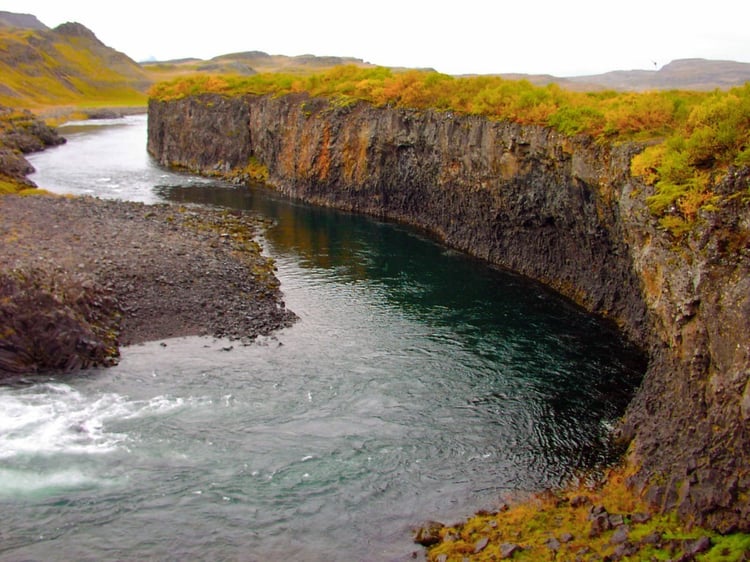 In Iceland we are very fortunate in being one of the few places left in Western Europe, if not the World, to have the luxury of a sizeable country and a small population, which gives us an enormous amount of space and freedom. This, of course, translates to the valleys that are home to our wonderful salmon rivers, which flow through wild open country, far from the intrusion of roads and free from the encroachments of villages or towns. Our pristine environment is without industrial pollution and free from commercial salmon netting, so provides the perfect habitat for the ‘king of fish’.
In Iceland we are very fortunate in being one of the few places left in Western Europe, if not the World, to have the luxury of a sizeable country and a small population, which gives us an enormous amount of space and freedom. This, of course, translates to the valleys that are home to our wonderful salmon rivers, which flow through wild open country, far from the intrusion of roads and free from the encroachments of villages or towns. Our pristine environment is without industrial pollution and free from commercial salmon netting, so provides the perfect habitat for the ‘king of fish’.
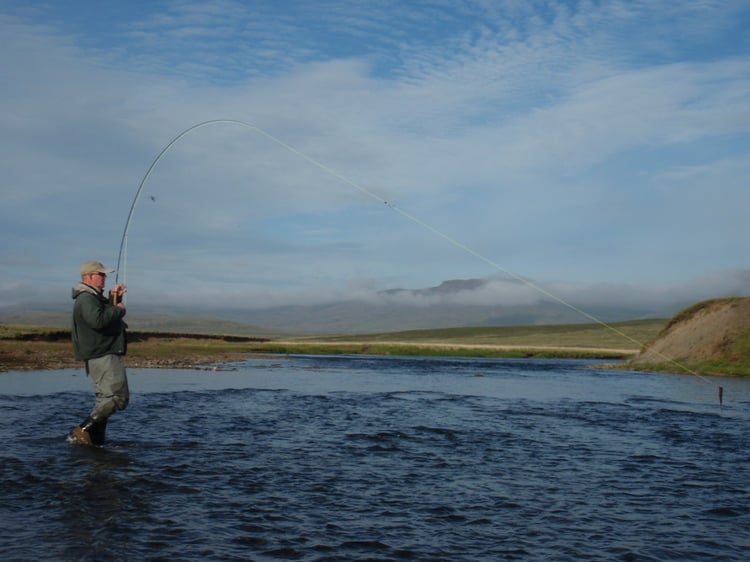 While being isolated far enough away from the throng of humanity in Europe and North America, we can, nonetheless, be reached within three hours every day from many European airports. Internal transport systems are very efficient, which means that visitors are usually fishing on the same day they leave home. This is one of the main reasons why a period of fishing always begins during the afternoon session.
While being isolated far enough away from the throng of humanity in Europe and North America, we can, nonetheless, be reached within three hours every day from many European airports. Internal transport systems are very efficient, which means that visitors are usually fishing on the same day they leave home. This is one of the main reasons why a period of fishing always begins during the afternoon session.
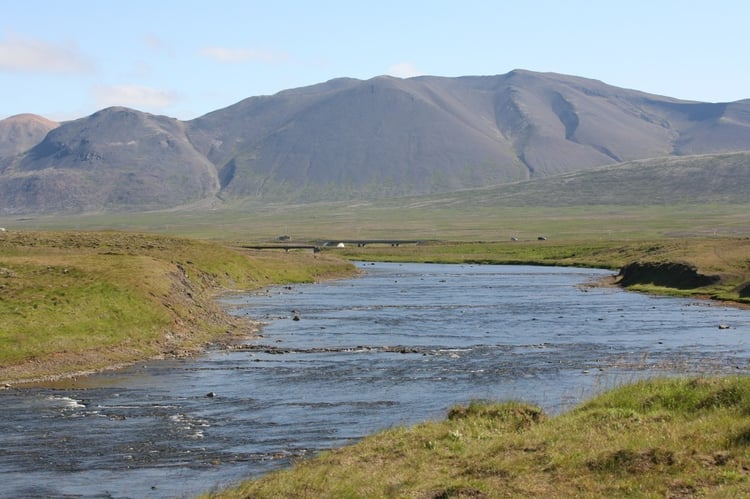 The fishing is very well managed and the rivers are nurtured through common sense management and good husbandry in order to keep them as productive as possible. Since 1932 fisheries legislation has been applied to improve the rivers in favour of angling. It began with the banning of coastal netting and continues with the encouragement of catch-and-release and fishing with fly only on many rivers. If a valley contains a productive salmon river it is a great boost to the local economy so the resource is managed with sustainability always at the forefront.
The fishing is very well managed and the rivers are nurtured through common sense management and good husbandry in order to keep them as productive as possible. Since 1932 fisheries legislation has been applied to improve the rivers in favour of angling. It began with the banning of coastal netting and continues with the encouragement of catch-and-release and fishing with fly only on many rivers. If a valley contains a productive salmon river it is a great boost to the local economy so the resource is managed with sustainability always at the forefront.
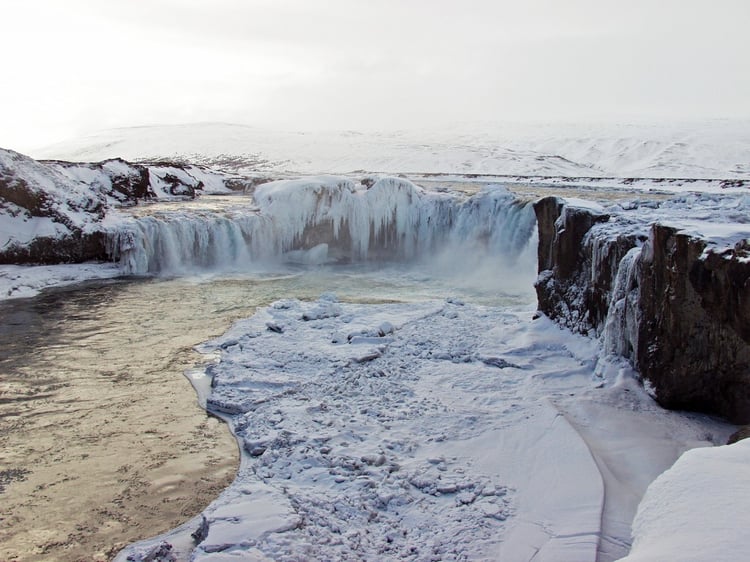 There are over 100 salmon bearing rivers in Iceland and these are spread throughout the country. Twenty-five of them are regarded as first class angling waters, producing average annual catches ranging from 400 to 3,000 salmon. The rivers vary in character and they offer a choice of fishing with something to suit most styles and tastes. Whether you like to poach pockets on an intimate stream with a single-hand rod using the riffle-hitch, or to quarter wide pools with a long cast from a two-hand rod on large rivers, you will find your tastes met in Iceland.
There are over 100 salmon bearing rivers in Iceland and these are spread throughout the country. Twenty-five of them are regarded as first class angling waters, producing average annual catches ranging from 400 to 3,000 salmon. The rivers vary in character and they offer a choice of fishing with something to suit most styles and tastes. Whether you like to poach pockets on an intimate stream with a single-hand rod using the riffle-hitch, or to quarter wide pools with a long cast from a two-hand rod on large rivers, you will find your tastes met in Iceland.
 The season is a short one and each river can choose its opening and closing dates within a 90 day span, with most rivers open for fishing by 1st July. Along the west coast from the great Faxafloi bay up to the northwest peninsula are a cluster of rivers that are traditionally mainly grilse fisheries and fish best from mid-July to mid-August. The rivers around the north coast are more widely spread and renowned for good salmon to grilse ratios, and for producing the largest salmon in the country. Along the east coast the rivers are set amidst stunning surroundings and enjoy their main run a little later, with the prime time falling throughout August. There is also a good balance between salmon and grilse found in this part of the country. The south coast holds as many sea-trout rivers as it does salmon rivers, which are some of the most productive in the country.
The season is a short one and each river can choose its opening and closing dates within a 90 day span, with most rivers open for fishing by 1st July. Along the west coast from the great Faxafloi bay up to the northwest peninsula are a cluster of rivers that are traditionally mainly grilse fisheries and fish best from mid-July to mid-August. The rivers around the north coast are more widely spread and renowned for good salmon to grilse ratios, and for producing the largest salmon in the country. Along the east coast the rivers are set amidst stunning surroundings and enjoy their main run a little later, with the prime time falling throughout August. There is also a good balance between salmon and grilse found in this part of the country. The south coast holds as many sea-trout rivers as it does salmon rivers, which are some of the most productive in the country.

All the top rivers offer visitors a complete package, which includes airport transfers, full board accommodation at the river lodge, and the service of a guide with a 4 wheel-drive vehicle. On some of the smaller rivers the lodges are included on a self-catering basis. When staying at a full board lodge, you are usually provided with a single en-suite room and can be assured of excellent cuisine. There is great competition amongst river managers to secure the services of the best chefs in Reykjavik for the season, which leaves the normal tourist at a bit of a disadvantage, we feel!
A unique selling point for our rivers is the way the fishing is divided and the amount of room each angler has on a beat. The number of rods allowed to fish on a river is decided by the Freshwater Fisheries Institute and based on annual average catches. The rivers are subsequently divided into rotating beats, and each beat is usually fished by two rods. On many rivers there is such a choice of pools per beat that there is never enough time to visit them all in one session.
A visit to fish in Iceland is an unforgettable experience and is why many anglers come back year after year. We would like you to come and see for yourself.
For further information about our rivers and fishing them, please visit: https://angling.is/en/


